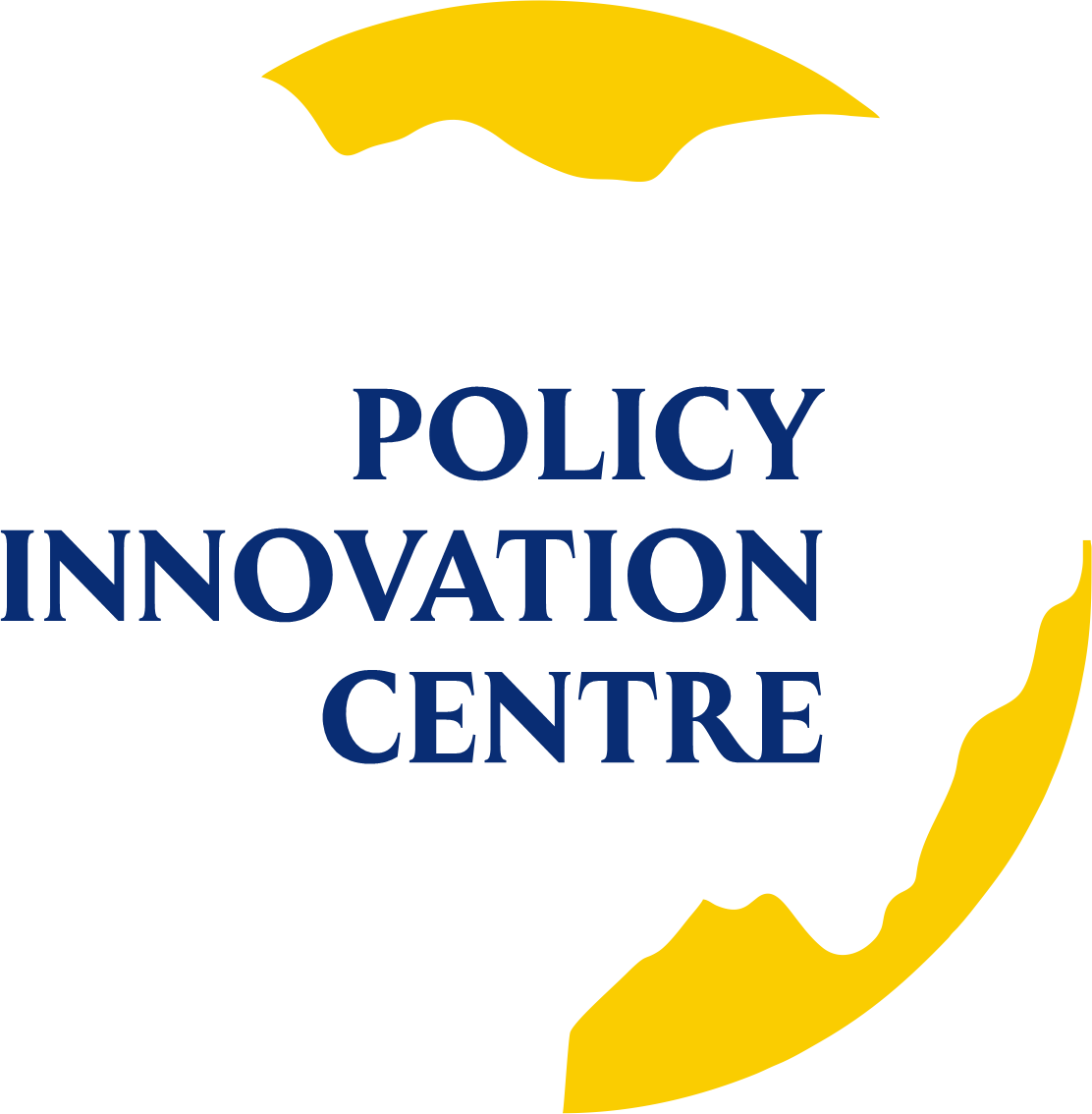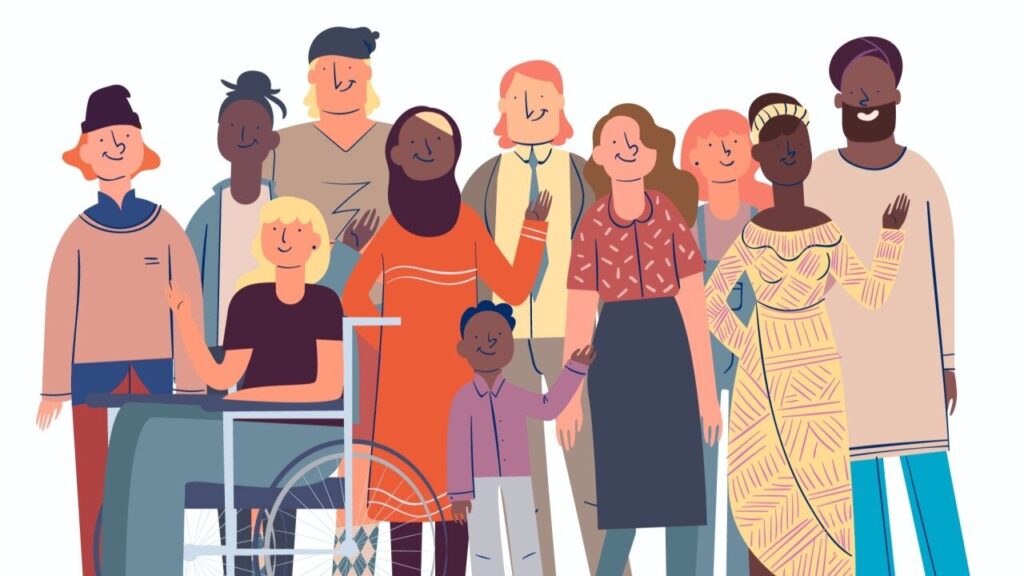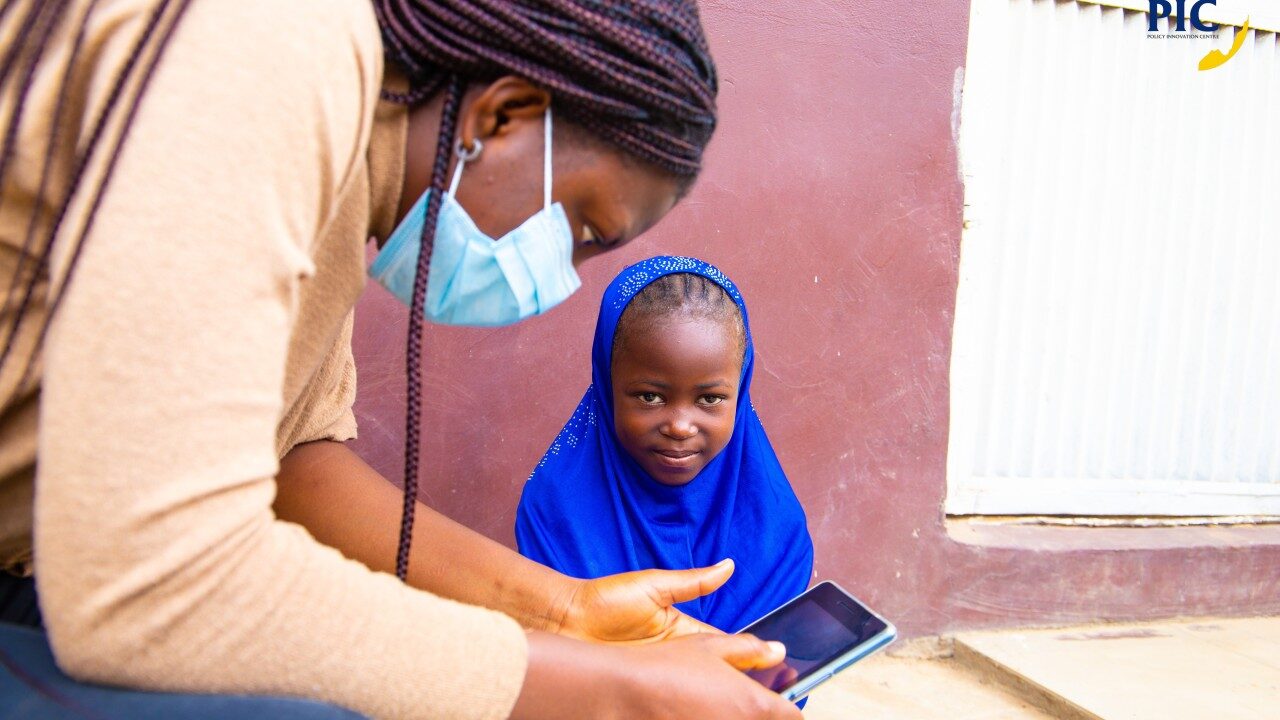Tanwa sat quietly in the corner of the village council meeting, sketching designs on the edge of her notebook. She had been deaf since birth, and though she’d taught herself to read lips and communicate through sign language, few in her rural community had learned to understand her. Her world was full of invisible walls: classrooms with no interpreters, public gatherings where she was left out, and family gatherings where her ideas floated unheard. She loved to sew and design intricate embroidery patterns inspired by nature around her. But no one thought a deaf girl could do much with that.
One day, everything changed. A visiting community mobilizer, Mr. Sabi, noticed Tanwa and made it a point to meet her. He greeted her slowly, using basic sign language he had learned, and invited her to a vocational skills workshop. With the help of a sign-language-knowing schoolteacher, Tanwa's talent flourished. She showcased her work at a trade fair and later became a voice for change, actively involved in disability inclusion programs.
Tanwa's story illustrates the power of social inclusion. It's the process of ensuring everyone has access to opportunities and resources, regardless of background or status. Social inclusion means everyone matters, and it's pivotal for development, enhancing economic and social outcomes. By investing in social inclusion, we foster social cohesion, build a society that values diversity and collaboration, and drive sustainable economic growth and social progress.
The United Nations' Sustainable Development Goals, particularly SDG 1, SDG 4, SDG 8, and SDG 10, emphasize the importance of social inclusion in reducing poverty, promoting quality education, decent work, and reducing inequalities. Tanwa's transformation shows that when we leave no one behind, everyone benefits.
At the Policy Innovation Centre (PIC) , we embed social inclusion into our work by using evidence-based, human-centered approaches to inform policies and programs that benefit everyone, especially the underserved. Through behavioural insight, stakeholder engagement, and inclusive design methods, we work across sectors to ensure that both genders, people with disability, youth, and other marginalized voices are heard and we do that by shaping the solutions that affect them. By promoting equity, dignity, and access in policy development, PIC contributes directly to advancing the SDGs and building a future where no one is left behind.
Eseoghene Adams, Gender and Inclusion Advisor





